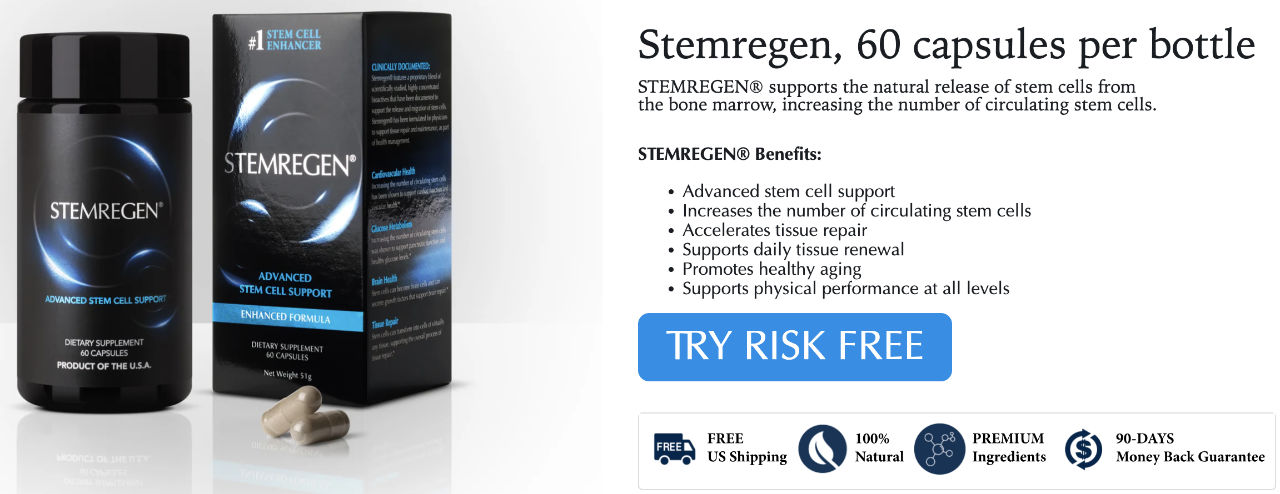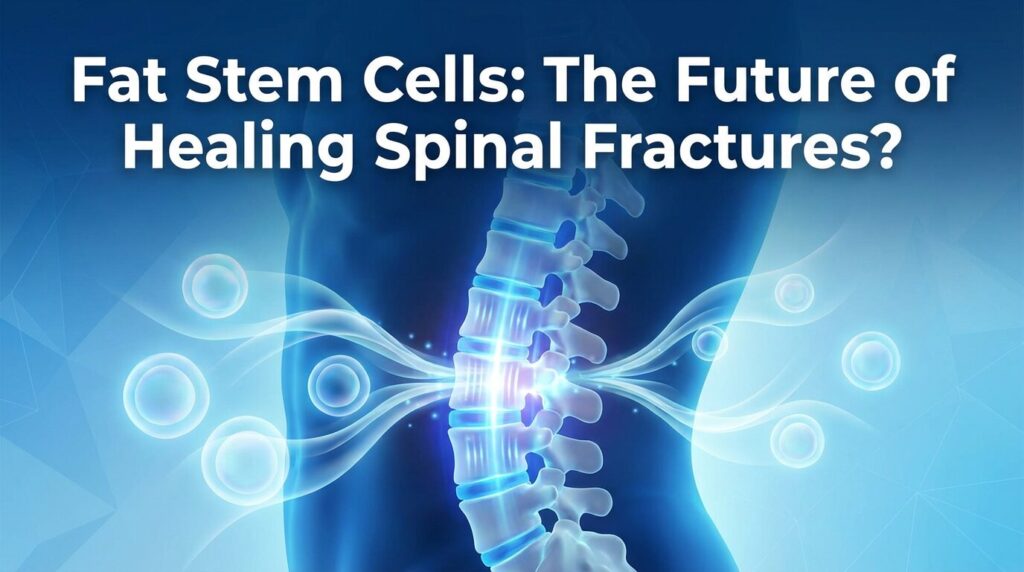Tooth stem cell banking is gaining attention for its role in protecting future health.
It involves collecting and storing stem cells from teeth for possible medical use.
These stem cells can help treat injuries, diseases, and damaged tissues.
What Are Tooth Stem Cells?
Stem cells from teeth are collected mainly from dental pulp.
This soft tissue lies inside the tooth and contains mesenchymal stem cells, which can develop into various cell types.
These include bone, nerve, and muscle cells.
Sources of Tooth Stem Cells
Common Sources Include:
- Baby teeth
- Wisdom teeth
- Adult teeth after extraction
- Stem cells from human exfoliated deciduous teeth
| Tooth Type | Ideal Age Range | Usefulness |
|---|---|---|
| Baby teeth | 5–12 years | Easy to collect from natural loss |
| Wisdom teeth | Teens to early 20s | Often removed, viable stem cells |
| Adult extracted teeth | Any age | Less common but possible |
Why Bank Tooth Stem Cells?
1. Accessible and Non-Invasive
Tooth extraction is common in dental care.
It allows for painless collection of stem cells without surgery.
This makes tooth stem cell banking more accessible than bone marrow or cord blood collection.
2. Stem Cell Count Is High
Dental pulp contains a high number of multipotent stem cells, making it a rich source for regenerative therapies.
3. Supports Regenerative Medicine
Stem cells from teeth have potential for cell repair and tissue regeneration.
They are being studied in clinical trials for use in:
- Nerve injuries
- Bone repair
- Diabetes treatment
- Heart damage
Types of Dental Stem Cells
| Stem Cell Type | Description |
|---|---|
| Dental pulp stem cells expressing CD markers | Show strong ability to grow into multiple cell types |
| Immature dental pulp stem cells | More adaptable for future use |
| Mesenchymal stem cells derived from pulp | Can regenerate bone, cartilage, and fat cells |
| Human dental pulp stem cells | Harvested from dental pulp for use in stem cell therapy |
| Stem cells from exfoliated deciduous teeth | Found in naturally lost baby teeth |
Uses in Modern Medicine
Potential Treatments Under Study:
- Regeneration of nerve tissue
- Healing spinal cord injuries
- Repairing bones and muscles
- Treatment of diabetes
- Replacement of damaged cells tissues organs
How Stem Cells Are Collected
Tooth Banking Process:
- Tooth Extraction
A surgeon or dentist performs the extraction. - Pulp Isolation
Specialists extract dental pulp from the tooth. - Stem Cell Isolation and Characterization
Technicians identify and collect healthy stem cells. - Storage
Cells are frozen and stored in a banking service facility.
Note: Stem cells from baby teeth, wisdom teeth, and extracted teeth can be stored long-term.
Comparing Tooth Stem Cells to Other Sources
| Source | Invasiveness | Stem Cell Type | Availability |
|---|---|---|---|
| Dental pulp | Low | Mesenchymal stem cells | Common during extractions |
| Bone marrow | High | Bone marrow stromal stem cells | Requires surgery |
| Umbilical cord blood | Medium | Cord blood stem cells | One-time opportunity |
| Embryonic stem cells | High (ethical issues) | Embryonic stem cells | Research only |
Advantages of Tooth Stem Cell Banking
Easy Integration With Dental Care
Banking can be planned during tooth extractions or wisdom teeth removal.
Long-Term Storage
Stem cells stored from teeth remain usable for years. This gives peace of mind for your child’s future health.
Back-Up to Cord Blood
If cord blood wasn’t banked at birth, tooth banking offers a second chance to preserve postnatal stem cells.
Why Parents Should Act Early
- Schedule your child’s wisdom teeth extraction today
- Bank your child’s stem cells before they are lost
- Stem cell banking with Stemodontics offers reliable tooth banking facility services
Additional Benefits and Facts
- Stem cells can be harvested even after extraction
- Cells from human exfoliated deciduous teeth are easily accessible
- Stem cell markers help identify the best cell populations
- Stem cells also release healing factors like exosomes secreted by stem cells
- Stem cell biology shows these cells can adapt and regenerate
- Harvesting stem cells from the entire tooth increases success
Final Thoughts
Tooth stem cell banking provides an affordable and practical way to secure access to powerful adult stem cells.
With ongoing stem cell research and improvements in dental pulp tissue engineering, more people are seeing the benefits of stem cell preservation.
As technology improves, tooth preservation will become an important step in protecting long-term health.


